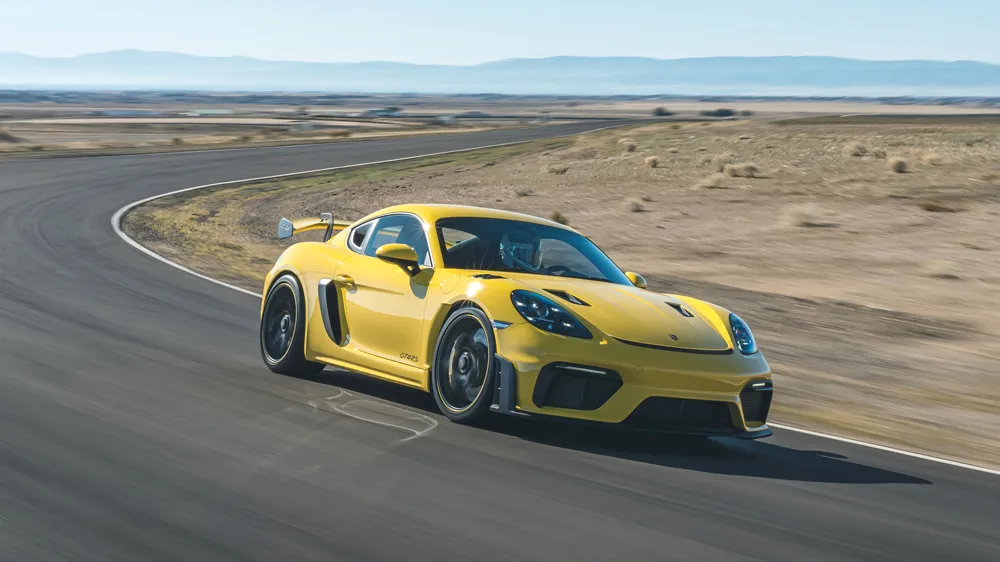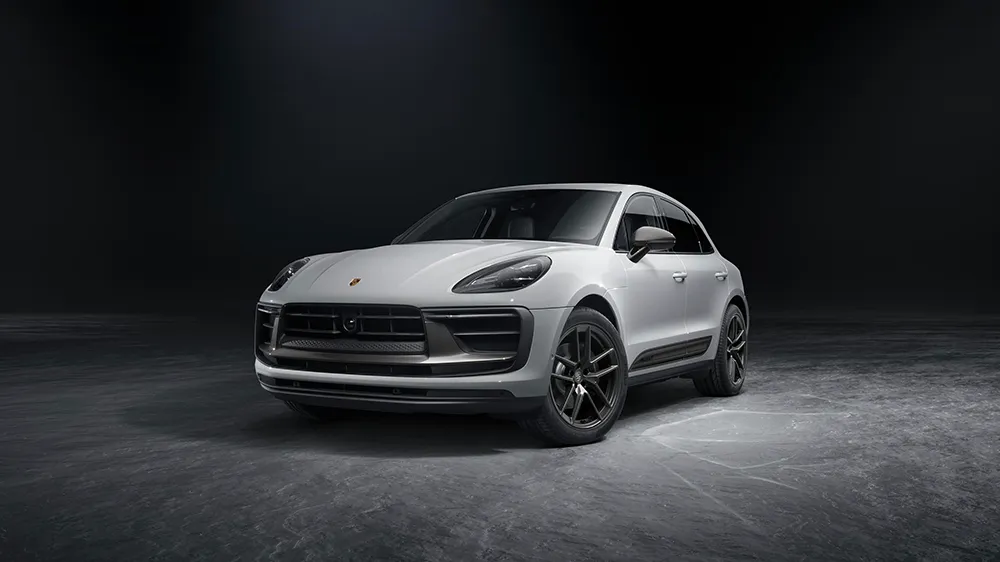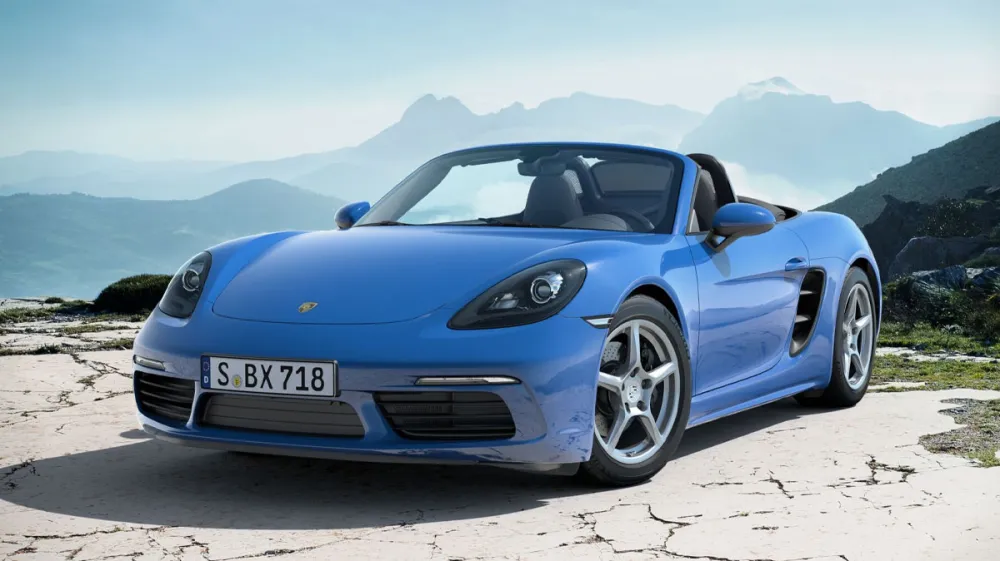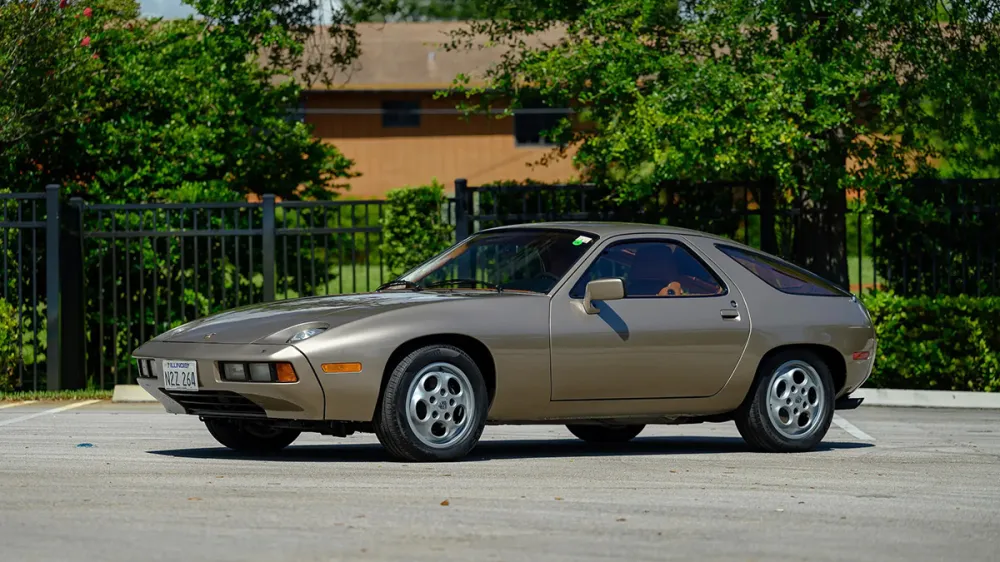Hey there!
With the announcement that it will no longer produce the gas-powered Boxster and Cayman models, iconic automaker Porsche has sent shockwaves across the automobile industry. These much-loved sports vehicles are entering an era of decline as this decision signals the industry’s shift toward electrification.
How the Boxster and Cayman Shaped Porsche’s History
A Concise Overview
Since its introduction in the mid-1990s, when it combined the brand’s famed driving characteristics with an affordable price tag, the Porsche Boxster has come to represent accessible performance. Adding an even more stiff and precise hardtop version to the lineup in 2006 was the Cayman. Both vehicles have received high marks for their dynamic handling, mid-engine design, and well-balanced chassis.

Photo: Courtesy of Porsche Cars North America.
Remarkable Style and Efficiency
When it comes to sports cars, the Boxster and the Cayman have always been in the vanguard. These models offered a thrilling ride thanks to their aerodynamic design, low center of gravity, and potent flat-six engines. Porsche improved these cars with each successive generation, making them even more powerful.
The Call to End Operations Market Dynamics
Changing consumer preferences have a role in Porsche’s decision to end production of the Boxster and Cayman models fueled by gas. Electric vehicles (EVs) are becoming more popular, and stricter environmental restrictions are the main forces behind this change. Porsche is concentrating on increasing its selection of electric vehicles in order to remain ahead of these trends.
Dedicated to Promoting Sustainability
Porsche is making significant investments in electric mobility as part of its dedication to sustainability. Electric vehicles will account for 50% of the company’s sales by 2025. As part of this plan, Porsche will stop making the Boxster and Cayman, which are powered by gas, so that they can focus on making electric sports cars with a lot of power.
Porsche Sports Cars: Where Things Are Headed
Innovation and Electrification
Electrification will not compromise performance in Porsche’s future sports cars. With its groundbreaking acceleration, handling, and range, the Taycan—the first all-electric sports vehicle from the brand—has already established new benchmarks. Future iterations will expand upon this by integrating state-of-the-art electric powertrains and battery technologies.
Future Models
Porsche fans may anticipate new electric models that carry on the tradition of exceptional driving even as the gas-powered Boxster and Cayman are being phased out. By fusing the agile handling and quick reactions of the originals with the advantages of electric power, the forthcoming Boxster and Cayman electric models are anticipated to provide outstanding performance.
Effects on the Automobile Sector
An Example for Other Sports Car Manufacturers to Follow Porsche’s decision to end production of its gas-powered Boxster and Cayman models provides an example for other manufacturers to follow. The electrification of the sector will be expedited since other firms are expected to follow suit. The tendency toward combining high performance with sustainability is reflected in this shift.

MacanPorsche
Customer Adjustment
Recognizing the benefits of electric vehicles in terms of performance, efficiency, and environmental effects, consumers are embracing them at an increasing rate. Electric sports cars are set to become more popular, thanks to pioneering firms like Porsche, ushering in a new age of automotive innovation.
In summary
An important step in the transition to electric vehicles has been the end of production for the gas-powered Porsche Boxster and Cayman. It marks the final chapter of a bygone era. Still, it also opens a new chapter for Porsche, where state-of-the-art electric technology and legendary driving characteristics will shape the future of sports vehicles.








